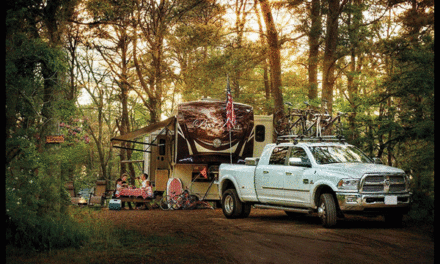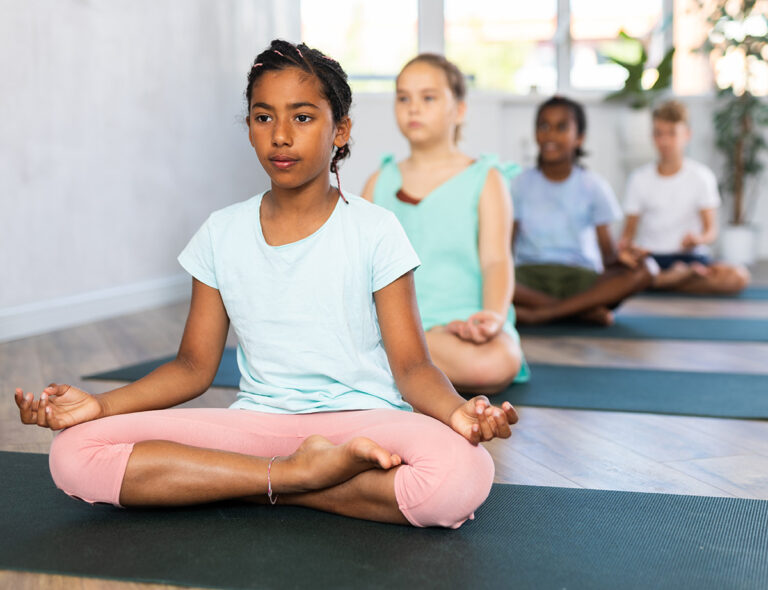A household move can be traumatic for any age child. “Children take great pleasure in mastering their environment. Being moved disrupts all that,” notes developmental pediatrician Peter Gorski, M.D.
Yet, each year, one out of every five American families with school-age children moves, according to several federal agencies. So what can you do to make a move less stressful and more fun for your children?
Getting Ready
• Keep as much of a normal routine as possible.
• Take the kids with you on your house hunting trips. If that’s not possible, then call home often. Take lots of pictures: the inside and outside of the house, the yard, their bedrooms, a nearby park, the school.
• Check out library books on moving. Even though it’s rather dated, a good choice for young children is Moving, by Fred Rogers. For older children, find books about the area where you’re moving.
• Purchase disposable cameras and have your children take pictures of their room, friends, sports groups and school for a memory book – memories not to miss, but rather to remember.
Packing
• Let your children help. They can mark boxes “Charity,” “Take,” “Travel” and “Trash,” and fill them accordingly (with your guidance). Have them put their most prized possessions in a box labeled “Unpack First.”
• Let them pack their own suitcases. Be sure they include necessities, as well as their favorite blankie, stuffed animal, book, CD or swimsuit if en route you’ll be staying in a hotel with a pool.
• Show them how to wrap and pack fragile items. Or allow the children to watch hired packers and learn how valuables are safeguarded. Or how blankets secured with bungee chords can protect large pieces. Let them watch the movers as they solve the puzzle of packing the van tightly.
• Listen to packers’ decorating tips. They’ve gleaned many ideas through their experience. One mover suggested our son circle the ceiling light fixture with his sports banners. It worked.
Getting There
• Carry plenty of healthy snacks and drinks. When driving, stop often. Choose a restaurant with a playground. Or picnic at a rest stop and allow time for exercise
• Plan stops along the way. Visit with family or friends en route to your new home. Or check the internet for other special attractions to see en route.
• Bring along something new – sticker books, games or reading material – to occupy kids’ time. Take books to read in the car and sing-along CDs. If possible, let them watch DVDs. Play car games, such as “I Spy …” or finding the most out-of-state license plates, with young ones.
• If you stay in a hotel, do something special. Order room service or allow one child to sleep with Daddy and the other with Mommy – a real treat. Make use of the hotel pool. Most of all, make sure everyone gets plenty of rest.
Settling In
• Although settling in slowly works best, make sure all the harmful substances are put away quickly.
• Unpack the children’s bedrooms first (along with the kitchen).
• Let your children help. Find that “Unpack First” box and place the kids’ favorite objects in familiar locations around their room until they become accustomed to the new surroundings. Let them help in room arranging, unpacking, putting clothes in dressers, toys on shelves or anything appropriate for their age.
• Let siblings share a room for a day or so if they are fearful in your new home.
• Make changes gradually. Allow your children to help choose new decorative purchases like bedspreads, bulletin boards, book shelves, bedside lamps and paint colors.
• Take breaks often. Have a picnic inside the house, on the patio or at nearby park.
Getting Acquainted
• Walk your new neighborhood and introduce yourself to anyone you see, especially children. We held “Get-to-Know-Us” parties. These satisfied the neighbors’ curiosity and helped us find new friends.
• Find a parents group on Facebook, or join story time at the local library.
• Check out the local facilities and attractions, such as the recreational center or YMCA. Get a map and mark locations – the library, schools, parks, movie theaters, shopping centers, restaurants, etc. Search the newspaper for things to do.
• Enroll your kids in classes or sports.




















